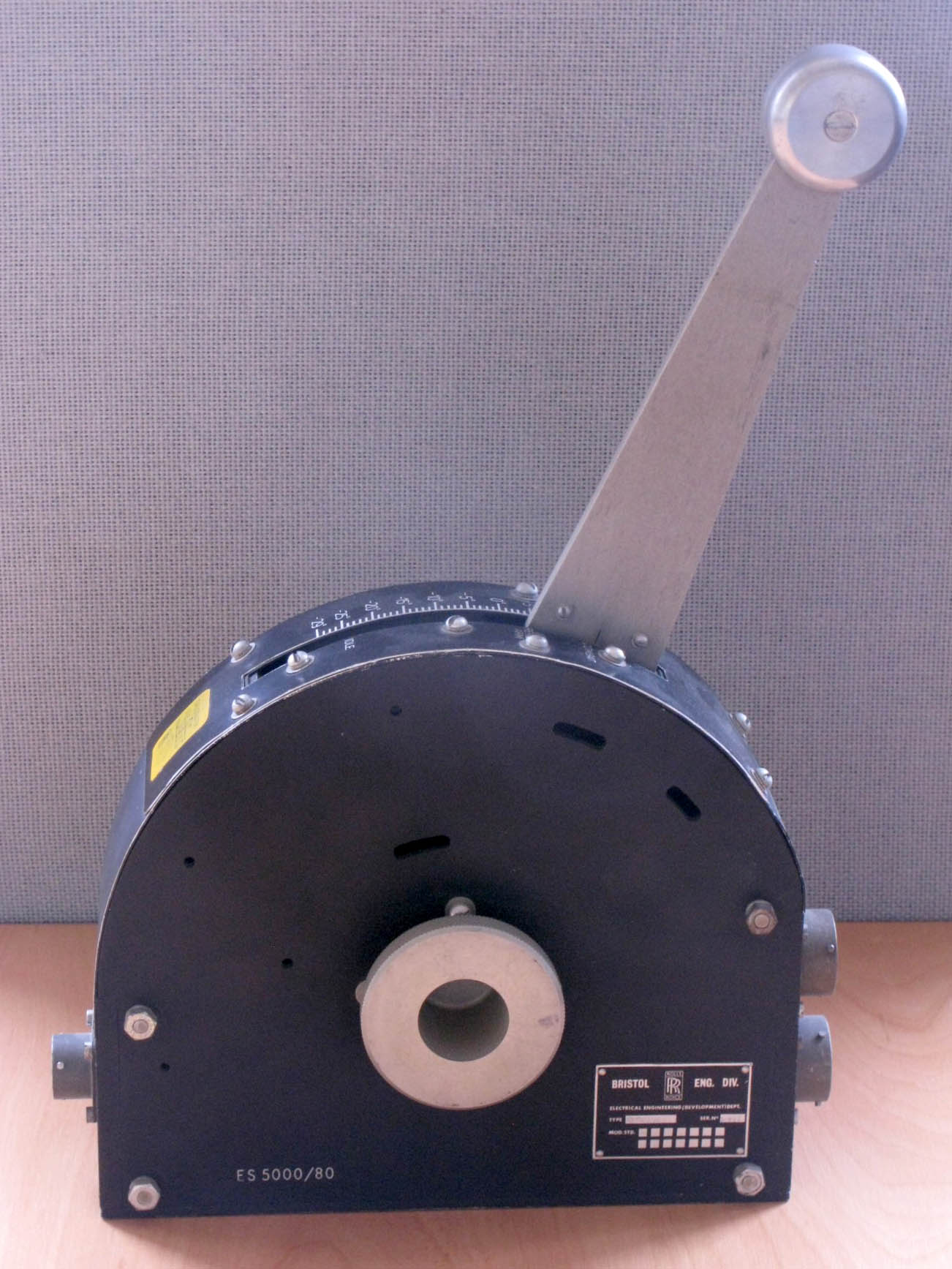Rolls-Royce Limited owned a British luxury car and aero engine manufacturing business founded in 1904 by Charles Stewart Rolls and Frederick Henry Royce. Rolls-Royce Limited was incorporated on 15 March 1906 as a vehicle for their ownership of their Rolls-Royce business. Their business quickly developed a reputation for superior engineering quality and for manufacturing the "best car in the world", building on F H Royce's existing standing. Rolls-Royce became a leading manufacturer of piston aero-engines after it was brought in to building them by the First World War. The Merlin powered the Hawker Hurricane and Supermarine Spitfire in the Battle of Britain. Demand for the Merlin during the Second World War transformed Rolls-Royce from a relatively small company into a major contender in aero propulsion.
From 1940, Rolls-Royce participated in the development of the jet engine and built for itself, and retains, a pre-eminent position in aero engine development and manufacture for use in defence and civil aircraft. Rolls-Royce entered the civil aviation market with the Dart in the Vickers Viscount. It was to become the cornerstone of universal acceptance of gas turbines by the airline industry.
The Avon-powered Comet became the first turbojet to enter transatlantic service and in 1960, the Conway engine in the Boeing 707 became the first turbofan to enter airline service. The other major manufacturers in Britain between the wars were Armstrong Siddeley,
Blackburn, Bristol, de Havilland and Napier.
The leader among these was Bristol which, in 1959, merged with the motor car and aero-engine maker Armstrong Siddeley. Three other smaller engine companies were absorbed into Bristol Siddeley and Rolls-Royce in 1961. Finally, the capability of the British aero-engine industry was consolidated when we merged with Bristol Siddeley in 1966.
In the late 1960s, Rolls-Royce Limited became hopelessly crippled by its mismanagement of development of its advanced RB211 jet engine and the consequent cost over-runs. In 1971, their financial collapse was dealt with by sale, at a price which took some years to negotiate, of the entire business to a new government-owned company, Rolls-Royce (1971) Limited. Insolvent Rolls-Royce Limited was put into liquidation.
Rolls-Royce (1971) Limited continued to trade and realise the surplus assets bought from the former company. BAC was sold almost immediately, the profitable, but now financially insignificant, car division transferred in 1973 to a new subsidiary, Rolls-Royce Motors Holdings Limited. It was sold to Vickers in 1980 and in 1998 was sold by Vickers to Volkswagen, although BMW hold the rights to the name and the marque. BMW took over responsibility for Rolls-Royce cars from the beginning of 2003.
In 1977, Rolls-Royce (1971) Limited, given the necessary consent, was renamed Rolls-Royce Limited. It remained nationalised until 1987 when, renamed Rolls-Royce plc, the government sold its shares to the public. Today it owns and operates Rolls-Royce's principal business though it is no longer listed on the stock exchange. Instead it has been a subsidiary of a listed holding company currently Rolls-Royce Holdings plc since 2003.






